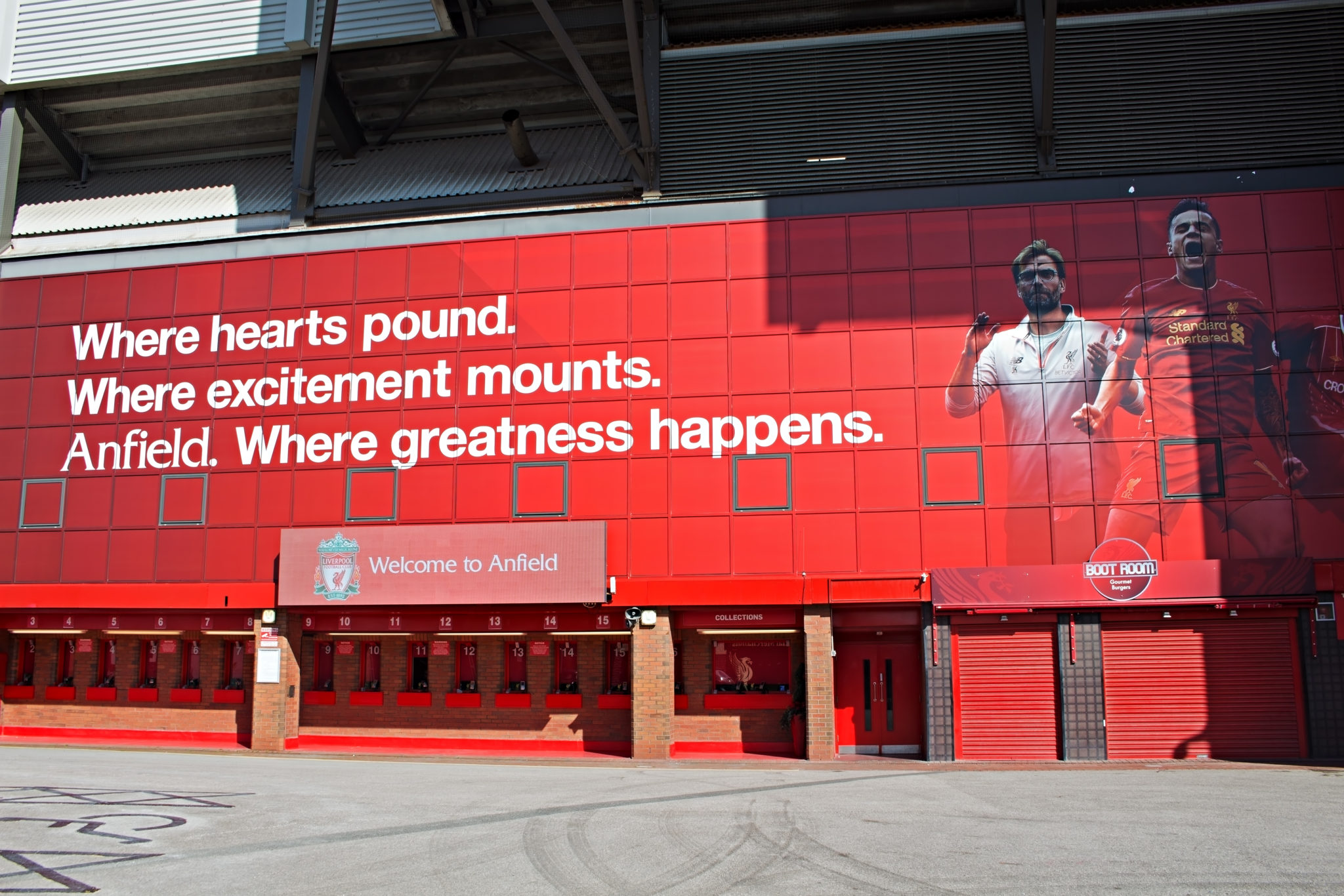If you are an Everton or Manchester United supporter, or you simply can’t stand football, then I will almost forgive you for skipping this week. But, I would still urge you to bear with me because this is an amazing story and a stunning application of SCALING an ordinary resource into a remarkable one. Lots of lessons here.
Some of you will know I am a life long Liverpool fan; a mix up in 1971 and explicit instructions from my dad, an Arsenal fan, backfired resulting in me becoming a devoted Liverpool fan (a story for another day).
The manager of Liverpool at that time was Bill Shankly. Of course, I had no idea who he was, or what a historic legacy he was building at the club at the time, but as the years rolled on I learned a lot about him.
But it is only recently, looking back at the influences in my life, that I realise he was applying a kind of SCALE model too.

On the Bill Shankly website the headline simply says, “He made people happy.”
And when you read up about him and look at the man behind the legend it becomes clear that he was simply a good, honest, hardworking man, with a genuine desire to please the people he was working for and with: the fans, the players, and his management team (his Holy Trinity). That was his purpose, but it was not ‘how’ he went on to begin one of the greatest footballing dynasties of all time. The way that he did that was to create a system and install a belief in that system within the hearts and minds of everyone else involved in the club. I think we can say he achieved that goal.
Shankly took over as the manager of Liverpool FC on Monday 14th December 1959. At that time they had been languishing in the Second Division for five years and showed no signs of achieving anything more than survival for the foreseeable future.
Shankly’s vision was to turn Liverpool into the best club in England, so there were a number of milestones he had to reach in his pursuit of this ambition. The first one being getting promoted; following that he desperately wanted to win the FA Cup. With his goals in place he set out to build a structure that could achieve it. The results clearly needed to come on the pitch, but he knew that it was behind the scenes where the hard work and planning would have to start.
He assembled a team of talented backroom staff; people who were experts in the areas where he wasn’t. This included other great names that would become long associated with the ‘Liverpool Way’ such as, Bob Paisley, Joe Fagan and Reuben Bennett. Together they applied the philosophies that they had developed, operating from the tactical nerve centre of the club – the famous ‘Boot Room’. Next he insisted on a complete overhaul of the club’s ‘Melwood’ training facilities. After assessing the team at his disposal he quickly transfer-listed a full 24 players and set out to look for a handful of key replacements. This approach, along with many of the other initiatives introduced by Shankly, was quite revolutionary for its time and raised a few eyebrows both within and from outside of the club. Attention was then turned to what happened on the training ground and on match days themselves. There was certainly no room for anyone who didn’t believe in the system or the ambition that Shankly was preaching. He was looking for congruency, and that meant finding his kind of people.
His philosophy centered on what he called ‘pass and move’ football, which meant setting up practice routines to promote and perfect that style. This included the famous ‘sweat box’ ritual where a player would spend two minutes intensely focusing on kicking a ball against a board, controlling the return and then bouncing it off of the next board. These sessions were timed and measured to ensure that the performance was up to the standard expected of each player. There was no slacking off allowed. He introduced ideas that were totally new to football at the time, such as ‘warming down’ after exercise to significantly reduce injuries to players. Having disposed of the players that didn’t want to play ‘his way’ Bill then went about recruiting for a small number of key positions and filling others with the talent that had been kept hidden away in the reserves.
Later, Shankly set up a revolutionary scouting system to identify new players, which became the basis for the model followed by most modern clubs today. The depth and details of this scheme were rigorous but, like everything else that he implemented, the overall purpose was simple. The scouts were to identify if a potential player was able to ‘pass and move’ and also to judge whether,
“…the lad had the heart to play for Liverpool.”
In 1962 Liverpool won the division and were promoted. But that was just the start. Two years later, in 1964, the team was crowned as the First Division League Champions (the best team in England) and the following year Shankly achieved one of his biggest dreams of winning the FA Cup.
During his fifteen years in charge at Anfield, Shankly took an ordinary team, with no structure, no ambition and no future and turned them into world-beaters. By the time that he had retired from management his Liverpool team had won the Second Division title, three First Division titles, two FA Cups, four Charity Shields and one UEFA Cup. He had done it by setting-up a goal and then creating a system and culture that could achieve it. He shared this vision with everyone involved in the club to ensure they were congruent with his intentions. Shankly’s ideas of congruency, unity and shared vision were exemplified in his decision to create the ‘all red’ kit that they wore at the 1971 Cup Final, where I first bought into his vision. As with all good leaders, he wasn’t averse to borrowing good ideas, and with this one he wanted to capture some of the famous ‘all white’ magic and togetherness of the great Real Madrid teams. He then created programmes and a playing philosophy, which was strictly taught and measured.
Finally, and most importantly, in the bigger picture of the Shankly SCALE story, Bill exited the club and retired. But he didn’t just leave a hole. He had started something amazing.
The philosophy that he put in place has remained the foundation of the club from that day to this.
During the rest of the 1970s and long into the 80s, under the lead of his lieutenants Paisley and Fagan, Shankly’s Liverpool legacy went on to win everything and become the dominant force in both English and European football. The strength of the system that he installed was that eventually it didn’t even need his presence to remain effective; and his successors reaped even more success from it than he did.
And finally, as you leave the dressing room and make your way through the players’ tunnel to the hallowed turf belonging to Liverpool FC there is a plaque, which Bill had placed above the entrance. It simply says, ‘This is Anfield’.
Of this plaque, he said, “It’s there to remind our lads who they’re playing for, and to remind the opposition who they’re playing against.”



